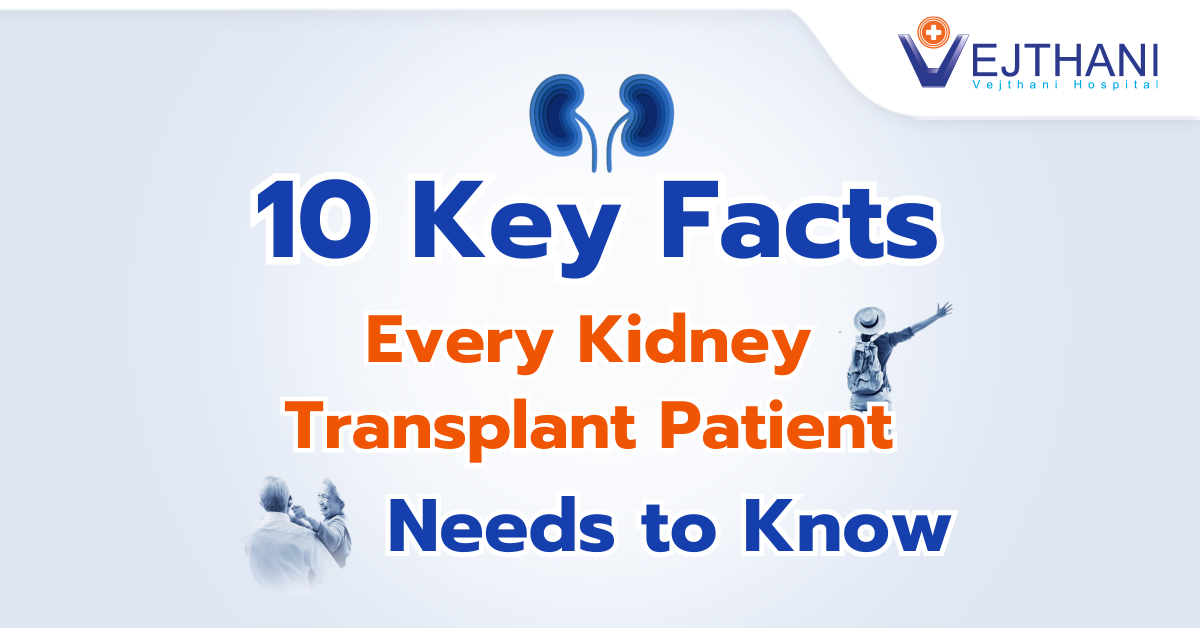
Dumping syndrome
Overview
Dumping syndrome, also known as rapid gastric emptying, is a condition that causes the stomach to empty its contents into the small intestine more quickly than it should. This condition typically results from surgery on the stomach or esophagus. It can lead to nausea, bloating, pains in the abdomen, and diarrhea.
Normally, the stomach gradually and carefully transfers digesting contents into the small intestine. With dumping syndrome, food, especially those heavy on sugar, passes from the stomach into the small intestine too quickly. In most cases, symptoms like stomach cramps and diarrhea develop within 10 to 30 minutes of eating. Some may have symptoms appearing 1 to 3 hours after eating.
Milder forms of dumping syndrome typically get better within three months. The recovery process could take 12 to 18 months for more severe patients. Changing the diet after surgery is generally a good way to prevent dumping syndrome. One could require medication or surgery for dumping syndrome in more severe forms.
Symptoms
There are two phases of dumping syndrome, the early and late dumping syndrome. Each has its unique set of symptoms. Some individuals exhibit both early and late symptoms.
The signs and symptoms of early dumping syndrome typically appear shortly after eating, particularly after a meal high in table sugar and fruit sugar. They may experience:
- Cramps and pain in the abdomen
- After eating, feeling bloated or overstuffed
- Heart rate accelerations
- Nausea
- Vomiting
- Diarrhea
- Flushing
- Dizzy spells, or lightheadedness
- Enlarged abdomen
After one has finished eating, late dumping syndrome symptoms start to appear, usually two to three hours later. This may include:
- Irregular or rapid heartbeat
- Flushing
- Sweating, or cold sweats
- Jitters or trembling
- Lightheadedness and dizziness
- Weaknes
- Fatigue
- Brain fog
- Hunger
If you find that any of the signs and symptoms continue to persist, it is essential to seek advice from a healthcare professional for a thorough diagnosis and appropriate treatment. This becomes even more crucial if you haven’t undergone surgery but are experiencing these symptoms, if dietary adjustments have proven ineffective for controlling your symptoms, or if you’re experiencing significant weight loss as a result of dumping syndrome. In such cases, a registered dietitian may develop a customized dietary plan to assist in managing the condition.
Causes
In dumping syndrome, there is an uncontrolled, abnormally rapid movement of food and gastric secretions from the stomach to the small intestine.
Dumping syndrome can sometimes manifest without clear underlying causes. However, it most commonly occurs as a complication following surgical procedures involving the stomach or the section of the esophagus that connects to the stomach. These surgeries often include esophagectomy, gastrectomy, bariatric surgery, pyloroplasty, vagotomy, and Nissen fundoplication.
The condition can also be attributed to diseases or medical conditions, including but not limited to diabetes mellitus, cyclic vomiting syndrome, autonomic dysfunction, exocrine pancreatic insufficiency, duodenal ulcers, Zollinger-Ellison syndrome, functional dyspepsia, and cannabis hyperemesis syndrome.
Risk factors
Approximately 20% to 50% of individuals who undergo stomach surgery encounter symptoms of dumping syndrome. In rare instances, it can also occur in association with certain gastrointestinal conditions. Stomach surgeries are primarily performed to address obesity, although they can also serve as treatments for esophageal cancer, stomach cancer, and various other disorders. These surgical procedures typically involve:
- Bariatric surgery: This is for morbid obesity treatment, such as gastric bypass or sleeve gastrectomy.
- Gastrectomy: Involving the removal of part or all of the stomach.
- Esophagectomy: Surgical procedure to remove the esophagus completely or partially.
- Nissen Fundoplication: Surgery to treat hiatal hernia and gastroesophageal reflux disease (GERD).
- Vagotomy: Surgery that cuts a nerve in the stomach to reduce stomach acid.
- Pyloroplasty: A procedure performed to widen stomach’s pyloric valve, facilitating the passage of food.























